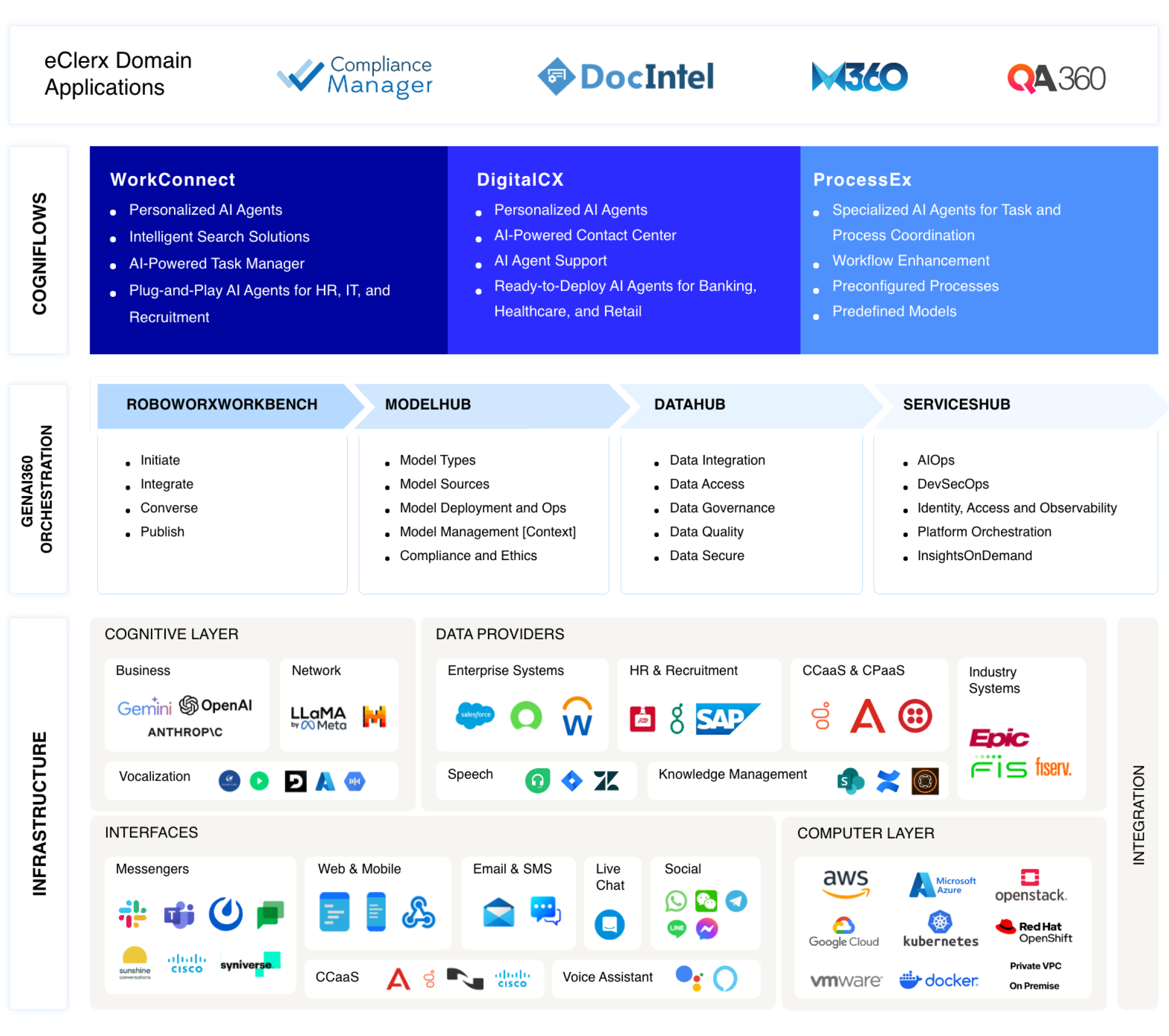All the qualities to be the
best service agent
CogniFlows powers your business with intelligent, AI-driven automation. By combining Agentic AI and RPA, it streamlines workflows, adapts to new challenges, and makes real-time decisions, all while boosting efficiency and reducing manual effort. Get ready for smarter, faster operations that continuously improve.
-

Natural Language
Training -

Goal oriented
behaviour -

Autonomy
-

optimization
-

Multi agent &
System conversation


 Explore
Explore














